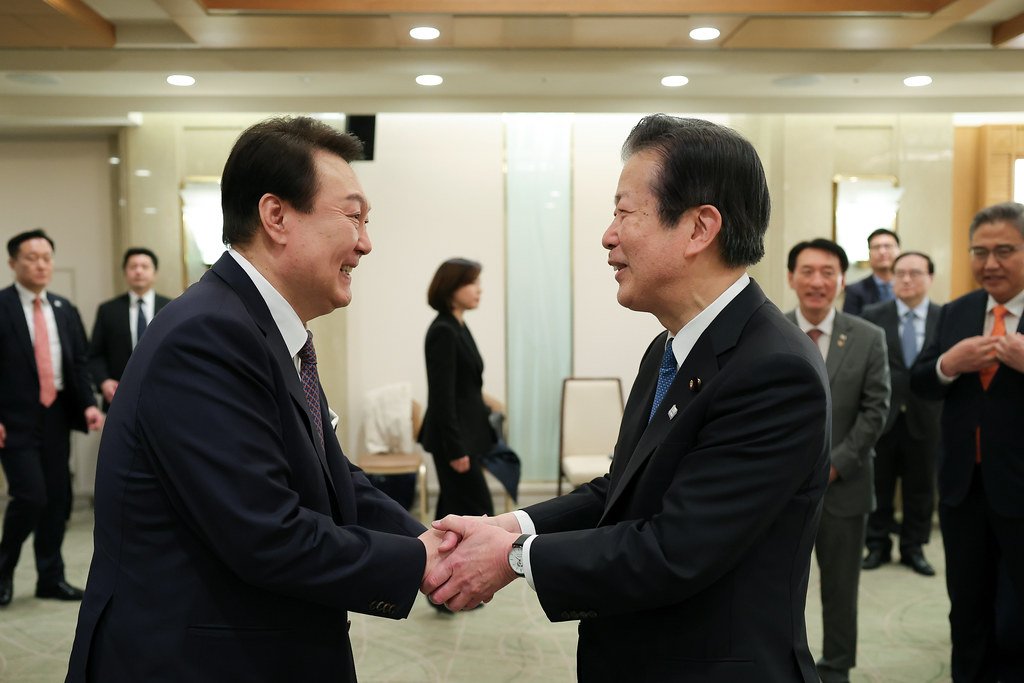In the intricate landscape of international diplomacy, decisions are often predicated upon the prevailing sentiment and geopolitical conditions between nations. A recent announcement by Japan’s Komeito party, the junior ally in the coalition government, offers a lens through which to assess the evolving dynamics of Sino-Japanese relations.
The Planned Visit
Natsuo Yamaguchi, the leader of the Komeito party, had made arrangements to embark on a journey to China from August 28 to 30. This wasn’t just any diplomatic visit; it bore the weight of potential discussions with none other than China’s President, Xi Jinping. Adding more significance to this, Yamaguchi intended to hand-deliver a personal letter from Japan’s Prime Minister, Fumio Kishida.
In the larger realm of international relations, personal letters between leaders often signify profound gestures of goodwill, or on the contrary, pressing concerns. While the content of the letter remains undisclosed, the gesture itself underpins the gravity of the visit.
China’s Perspective: Timing Concerns
Diplomatic plans, however meticulously crafted, can face unexpected revisions. The Komeito party, in an official statement, divulged that the Chinese side expressed reservations about the timing of the visit. They were of the view that the present state of Japan-China relations made the planned dates inopportune. China’s exact wording, as relayed by the Komeito party, was that “the timing is not appropriate considering the current situation of Japan-China relations.”
As of this writing, China’s foreign ministry has yet to comment publicly on the situation, leaving room for speculation and interpretation by political analysts.
Potential Undercurrents: The Fukushima Incident
A potential point of contention arose just days before the planned visit. Japan began discharging treated radioactive water from the troubled Fukushima nuclear power plant into the Pacific Ocean. This decision wasn’t solely controversial on the domestic front; it also garnered international attention, with countries voicing their reservations.
China was among the nations that reacted sharply. They not only denounced the move but went a step further by imposing a prohibition on all aquatic imports originating from Japan. Such decisions in the global arena often echo more profound underlying sentiments and are seldom standalone actions. They are emblematic of broader concerns and potentially strained relations.
Amplifying Dynamics: The Trilateral Meeting
Amplifying the complexities of the Sino-Japanese dynamics was another pivotal international event. Prime Minister Fumio Kishida held discussions with leaders from the United States and South Korea. These trilateral deliberations culminated in a joint statement which, among other things, expressed profound concerns about China’s actions in the South.
The three nations unified in voicing their concerns about what they termed as China’s “dangerous and aggressive behaviour” in the region. Such joint declarations have historical weight in geopolitics and often signify deep-seated alignment on key issues.
The Future of the Visit
The Komeito party, while acknowledging China’s reservations on timing, remains hopeful. They expressed optimism about recalibrating the visit’s timing in the foreseeable future, indicating an ongoing commitment to dialogue and understanding.
China, on its part, has communicated its recognition of the importance of sustaining friendly exchanges with Komeito. They’ve lauded Komeito’s enduring efforts in fostering this relationship and their commitment to realizing the visit.
In Conclusion
Diplomatic ties between nations, especially those as pivotal as Japan and China, are intricate tapestries woven with threads of historical contexts, contemporary events, and future aspirations. The postponement of Natsuo Yamaguchi’s visit, viewed through the prism of recent events, offers an intriguing snapshot of the evolving narrative between these two Asian giants.
As with many geopolitical developments, the future holds the key. The dialogue channels remain open, and there’s hope that the leaders will reconvene at a more auspicious time, fostering understanding and collaboration in an increasingly interconnected world.
Read More:
